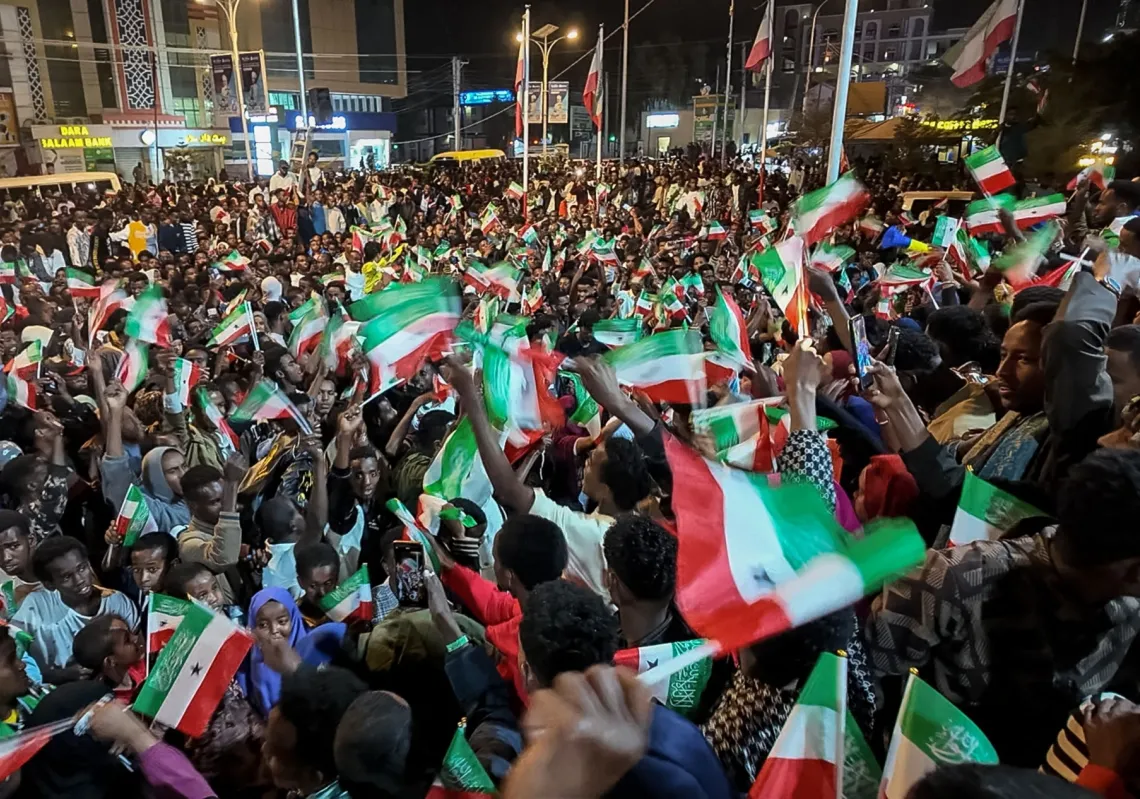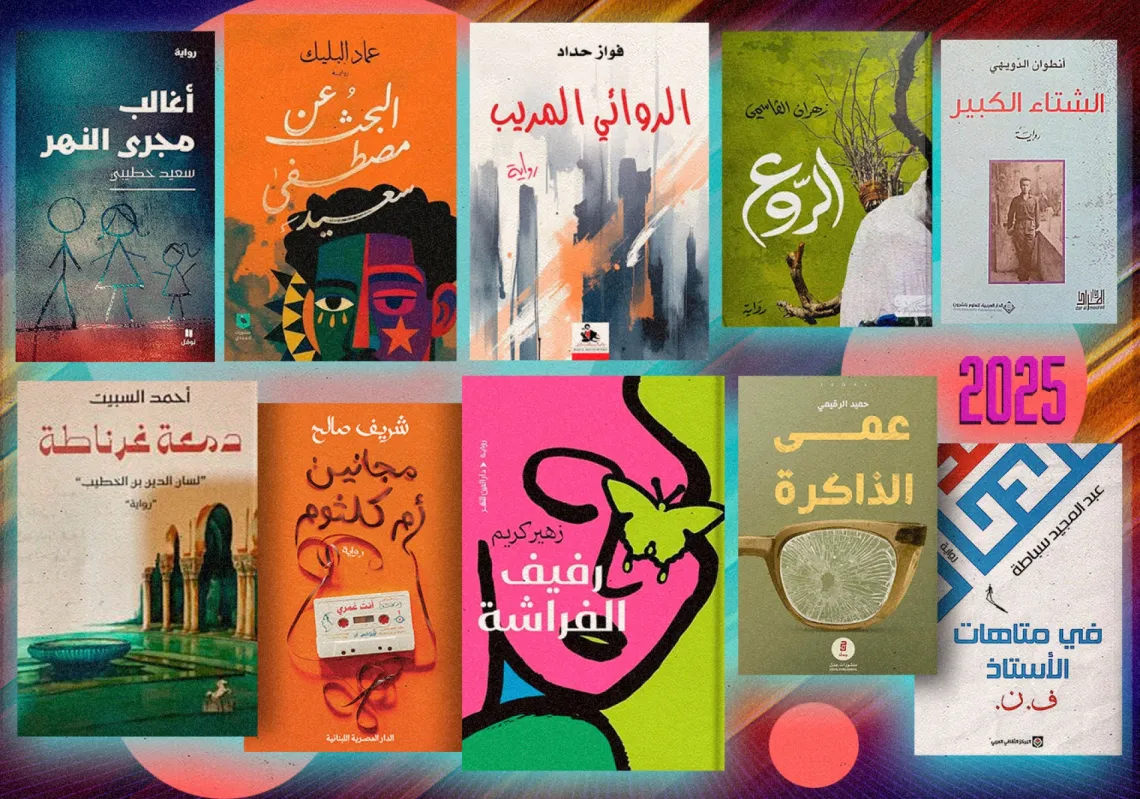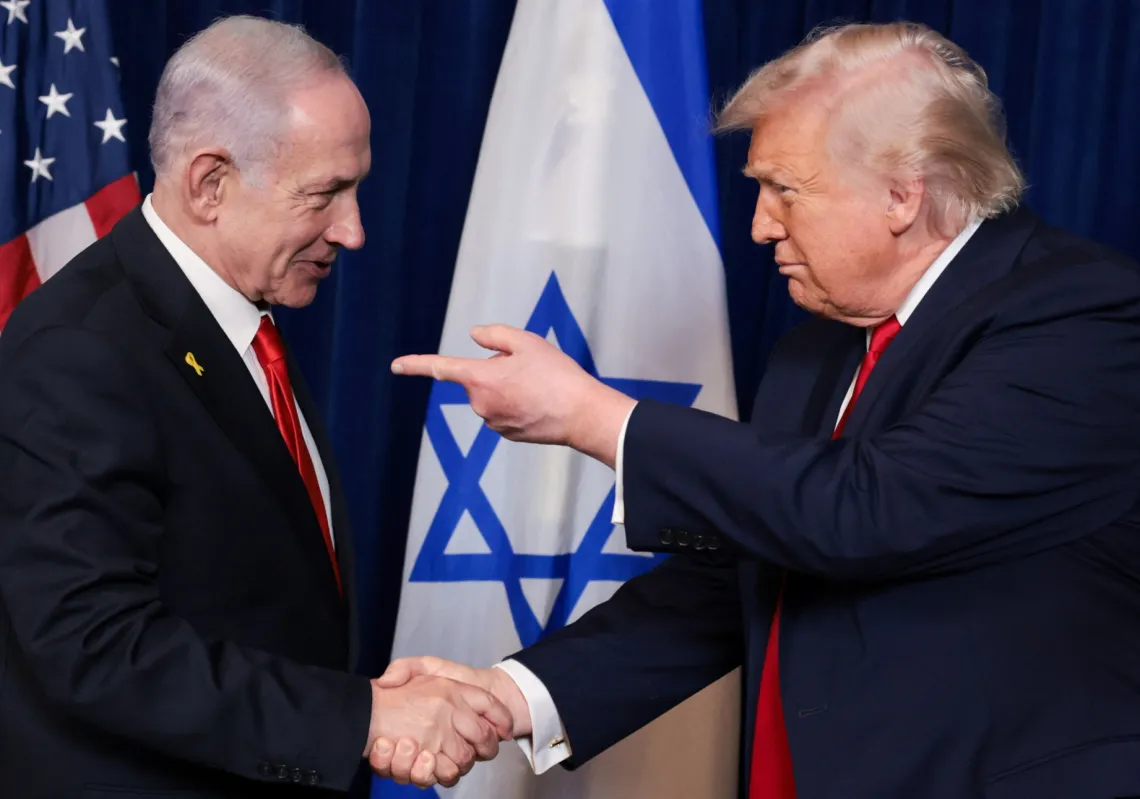Personalities such as actress Mounira El Mahdeya and activist Rose al Yusuf held respected positions in social and political spheres. Bahiga Hafez, a versatile artist and scion of the aristocracy, also contributed to this evolution.
This progress was not linear, but it kept going. The press, cinema, and radio played crucial roles in transforming artists into societal figures celebrated by the public.
In this sense, Layla Murad encountered fewer challenges than women from the previous generation, even though her father, the artist Zaki Murad, adhered to the values of the conservative middle class and its perception of women.
From Layla Murad's statements, it becomes evident that she truly belonged to the middle class, both socially and morally.
She learned and benefited from the experiences of previous stars, like Umm Kulthum, who had achieved a respectable status and communicated with audiences through their art.
Layla's beauty was complemented by her insistence on being a well-mannered woman, a "daughter of the people", as the Levantine expression goes.
She succeeded in maintaining a reputation as a respectable figure, which set her apart from stars from religious minorities in previous generations and even from Asmahan, whose personal life and beauty sometimes overshadowed news of her artistic output and stunning voice.
Layla Murad was also influenced by her father, Togo Mizrahi, and others, choosing to position herself uniquely.
For instance, in her first film Yahya El Hub, she refused to kiss Mohamed Abdel Wahab, a popular idol at the time, respecting her father's objections.
How did Layla Murad's marriage to Free Officers member Wagih Abaza and Berlenti Abdul Hamid's marriage to Abdel Hakim Amer influence the actresses' lives? Did the men associated with the Free Officers significantly impact the film industry and the social lives of actresses in the art scene?
In the early days of the revolution, the Free Officers — young and emboldened — found themselves suddenly at the pinnacle of power. Some exploited this to affirm their masculinity and attractiveness by forming relationships with princesses and actresses, up to and including marriage and families.
These connections were intricate, driven by the hunger for power of these men and by the actresses' pursuit of protection during tumultuous times, in which many were fearful and caught off-guard by the rapid changes taking place.
Some actresses, like Berlenti Abdul Hamid and Maha Sabry, found the protection they sought in the embrace of powerful men, even if it meant leaving their careers in show business. Yet they also suffered due to the political conflicts between the officers.
Other actresses, including Layla Murad, secured no protection, and their marriages led to profound misery. Wagih Abaza disowned her and their child, forcing this beloved and respected artist to face society as a single mother with a child disowned by his father.
She then had to confront influential figures in the film industry who sided with Wagih Abaza, a man of power and influence, even after the regime change under Sadat.
This significantly pushed her out of the cinema industry when she attempted a comeback in the 1960s.
How did the middle class influence the film industry and Layla Murad's popularity?
Cinema is a captivating medium for everyone, especially for the less privileged.
The middle class wasn't just the primary consumer of cinema. It was a social stratum with a value structure that resonated with audiences from more modest backgrounds.
Layla Murad's films promoted middle-class values. The characters portrayed by Anwar Wagdi in his movies with Murad epitomised the middle-class perspective, which sees romance as transcending class boundaries and portrays the man as the saviour, regardless of whether the woman came from the upper or lower classes.
How did the wave of technological progress, starting with the shift to microphones, shape Layla Murad's artistic path?
Why hasn't her national and patriotic influence endured into our contemporary era, leaving her often recognised solely for her voice, in contrast to the enduring national legacy of figures like Umm Kulthum?
Layla Murad was fortunate to experience the wave of modern technology sweeping the entertainment industry.
The microphone magnified the beauty of her voice, and as the national radio replaced regional broadcasts, her voice reached broad audiences across Egypt. Popular journalism also helped disseminate her image.














